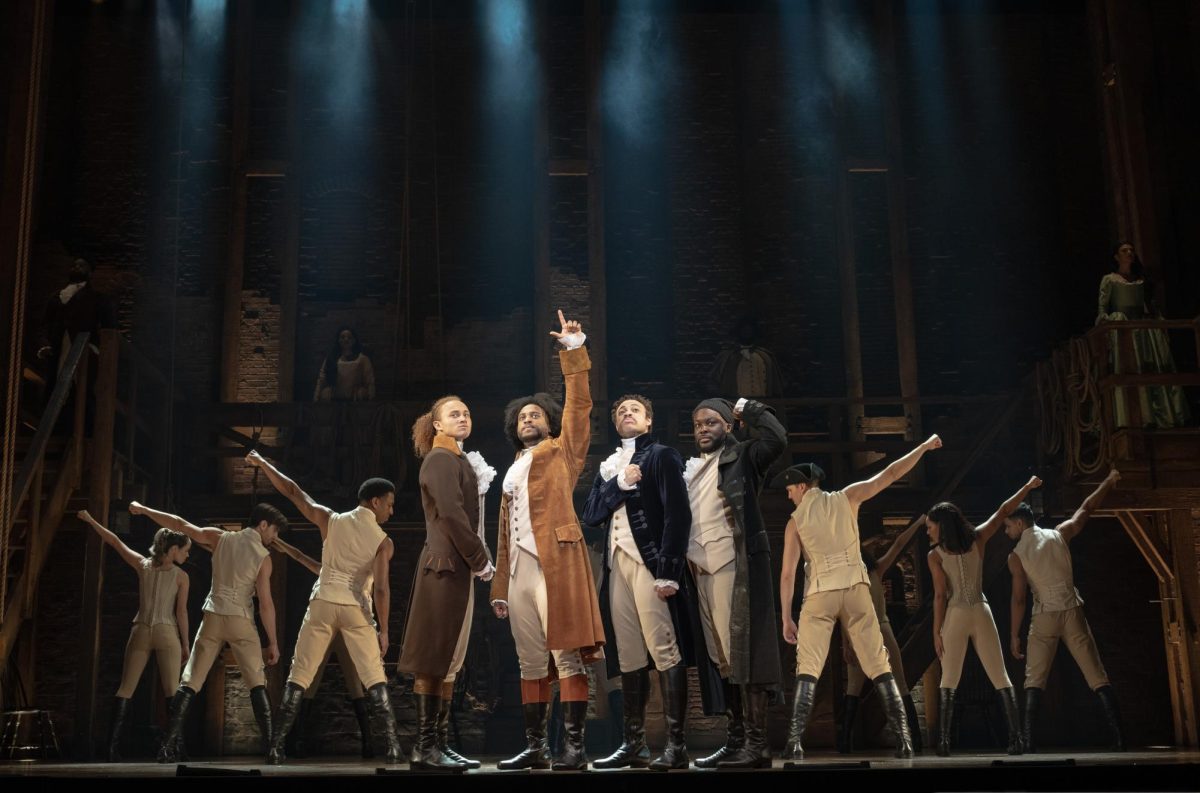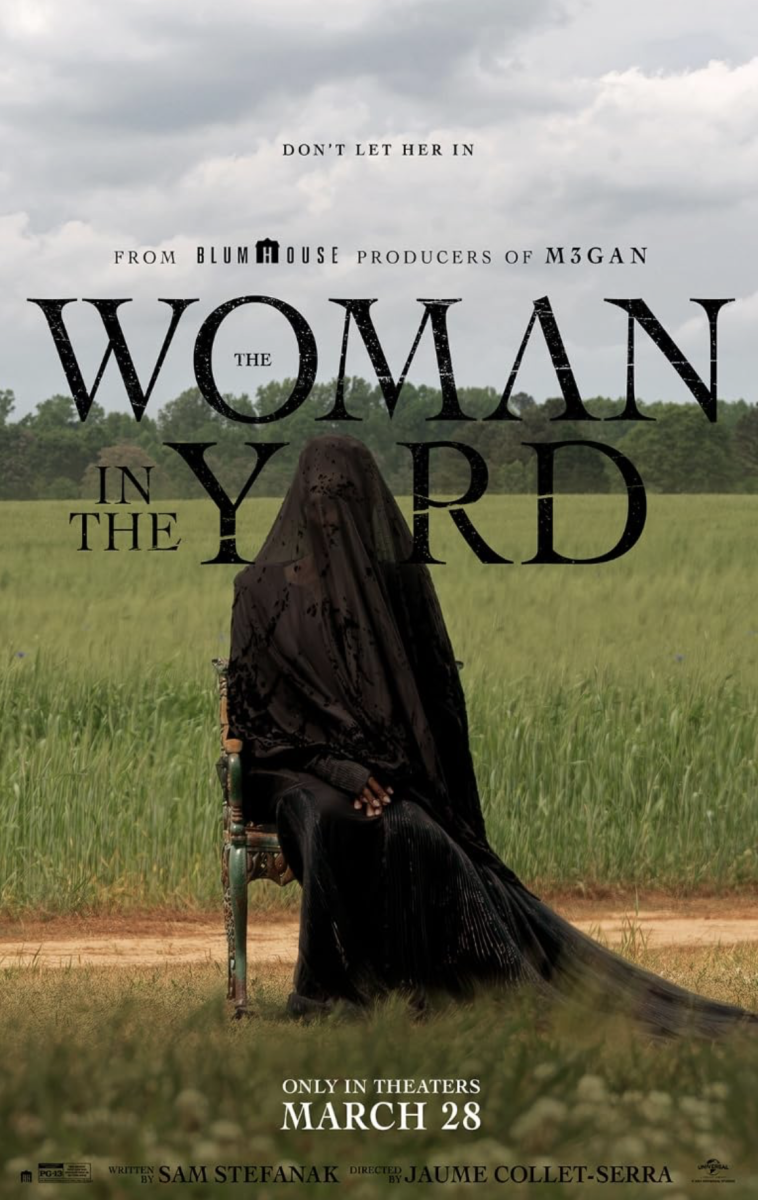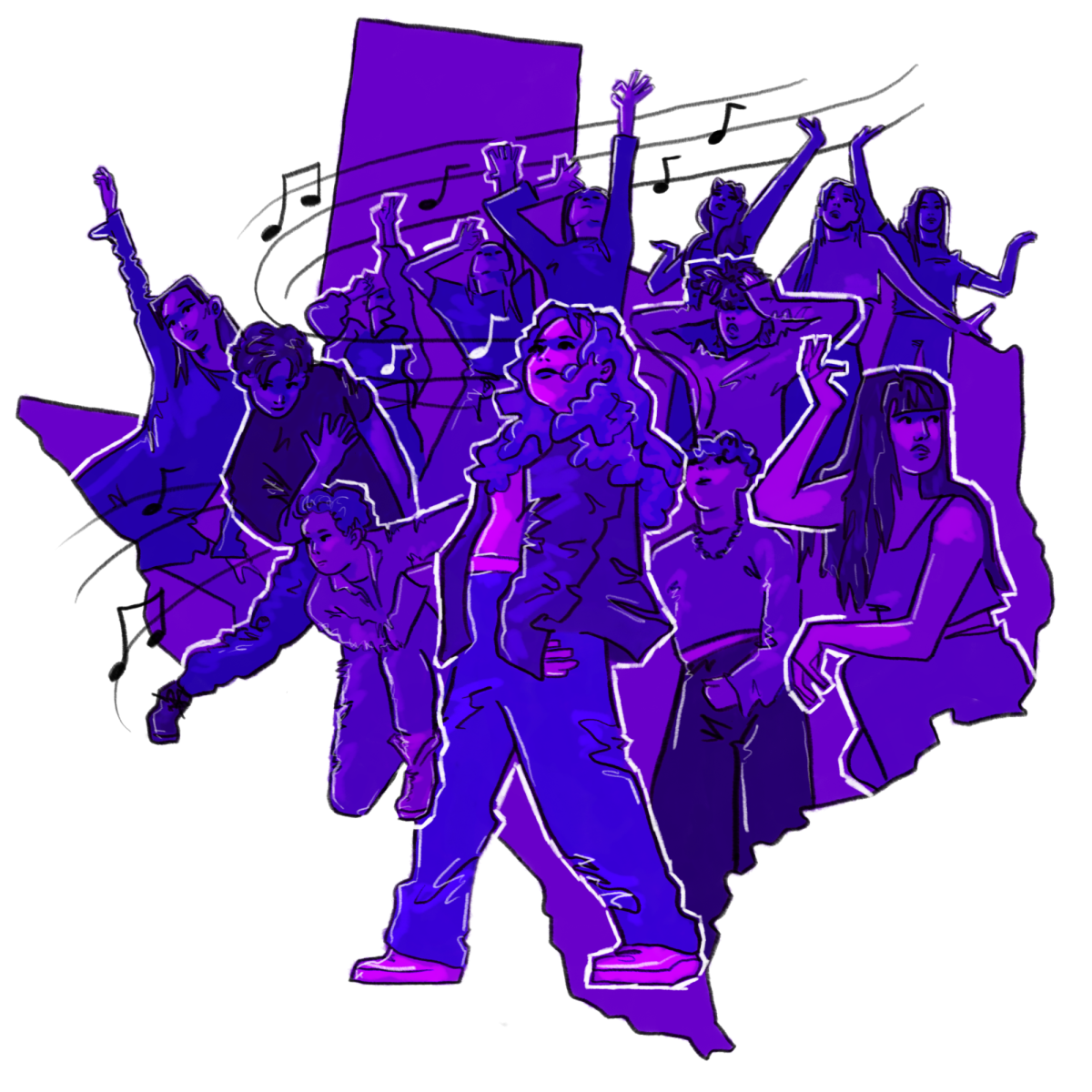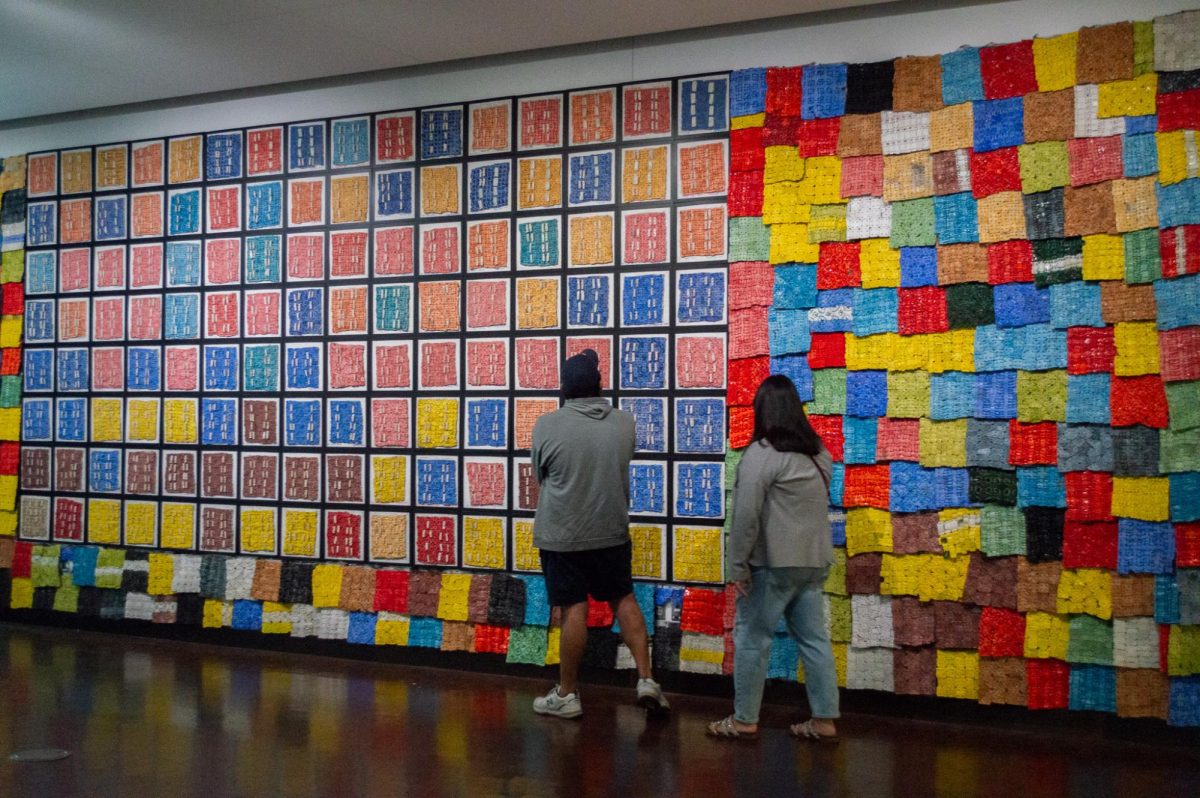The classic sound of the bajo sexto, accordion and drums customary in Tejano music bring memories of childhood back to its listeners.
Many Texans grew up listening to Tejano musicians such as Flaco Jiménez and The Latin Breed, but despite having deep roots in the state many non-Hispanics still don’t know anything about the widely popular genre that blends polka and pop. Many other enthusiasts are working hard to influence a new generation of listeners who may not even speak Spanish.
“It started with the German influence. There were some German miners in the Rio Grande border — they would bring the accordion,” Tejano historian R. J. Molina said. “You can tell the German influence. It’s really fast.”
In the late 19th century, Czech, German and other Eastern European settlers moved to Texas. They brought their music and dancing traditions, including the accordion used to play polkas and waltzes. The meshing of polka with traditional Mexican music became known as Tejano, meaning Texan in Spanish. Molina said it’s important to remember that just because Tejano music is sung in Spanish does not mean it’s from abroad.
“The most important thing I would say is all Tejano music is made in the USA,” Molina said. “Tejano music is 100 percent made in the USA.”
Although popular, the language barrier continues to be a problem for those who didn’t grow up listening to Tejano music. Stephanie Bergara, lead singer in the Selena tribute band Bidi Bidi Banda, doesn’t speak spanish, but loves Tejano music because of its universality.
“It’s transcendent,” Bergara said. “It transcends language. If you hear a great Tejano song at an afternoon party on a Sunday, it doesn’t really matter what their saying. If there are people dancing it makes you want to dance. It’s infectious.”
Bergara said for those who are interested in Tejano music the best way to do that is to jump right into the Tejano music scene like she did at Market Square in San Antonio.
“San Antonio is the the Tejano music capital of the world,” Bergara said. “There are musicians that perform Tejano music every single day. Listening to Selena is a great point of reference. Selena collaborated with a lot of popular Tejano artists during her time.”
Selena Quintanilla-Pérez is known as the “Queen of Tejano” because she connected Tejano music with so many people outside the Tejano music scene. She was the first Tejano artist to crossover into American popular music. Quintanilla-Pérez’s band included several family members such as her father, which is common in the genre.
“The music is more meaningful if the family is part of the band and when the songs are written,” Tejano fan Chris Torres said. “You think of it as home because of the fact the band members are family.”
Torres, who grew up in Taylor, Texas, said Tejano music is something every Texan should listen to at least once because of the history of the genre and the state.
“Go ahead and give it a listen,” Torres said. “It’s something we as native Texans should at least once listen to it in our lifetime. It’s definitely part of a Texas tradition here.”
Although Tejano music can seem like a genre focused only on its Mexican roots, it’s a genre that knows no bounds. According to Molina, the music is diverse because it borrows from many different genres, including rock and roll.
“If you go to a Tejano quinceañera or wedding, chances are they’re going to play eight or nine different types of music,” Molina said. “You’re going to see a more diversity of music. We love everything. We diversify ourselves.”














